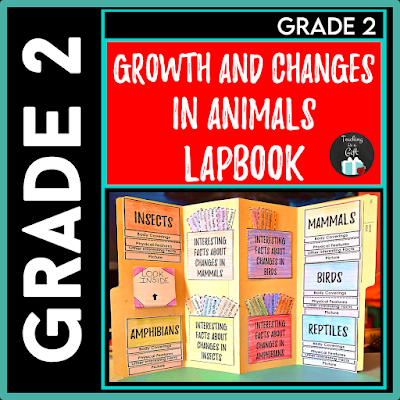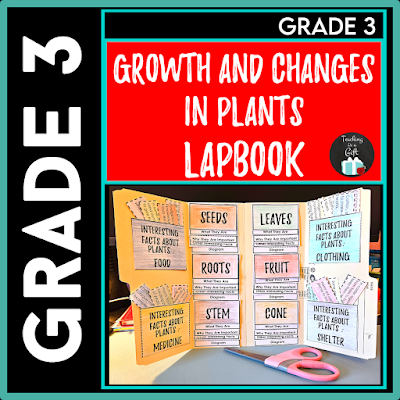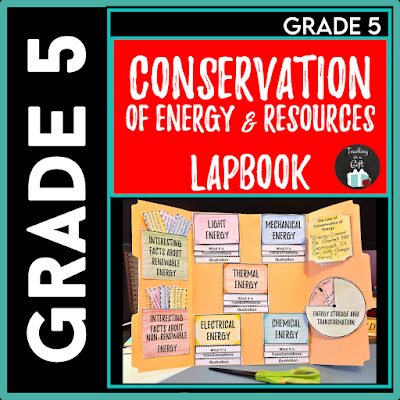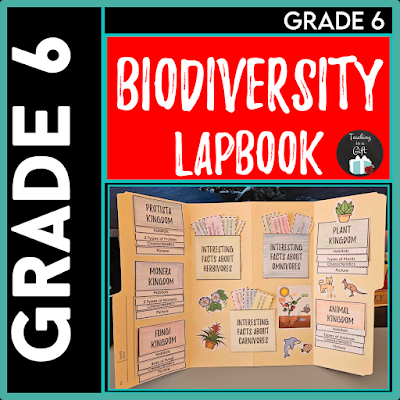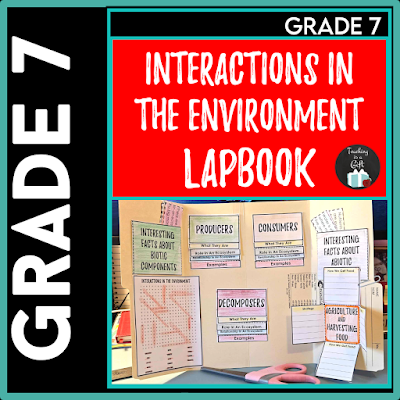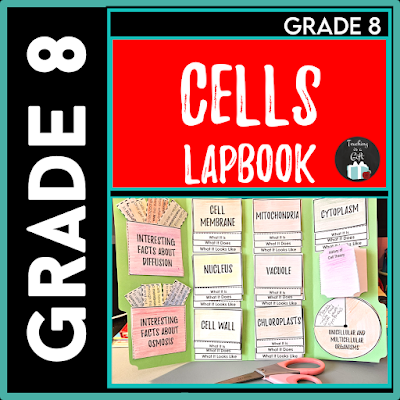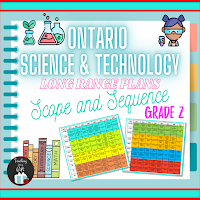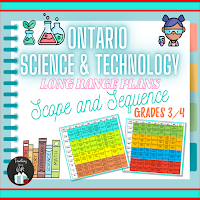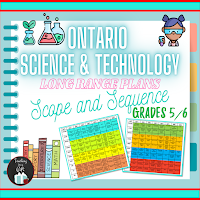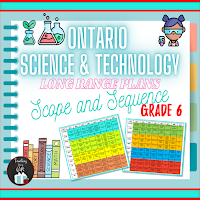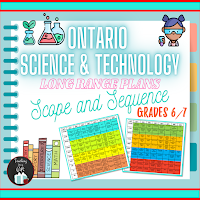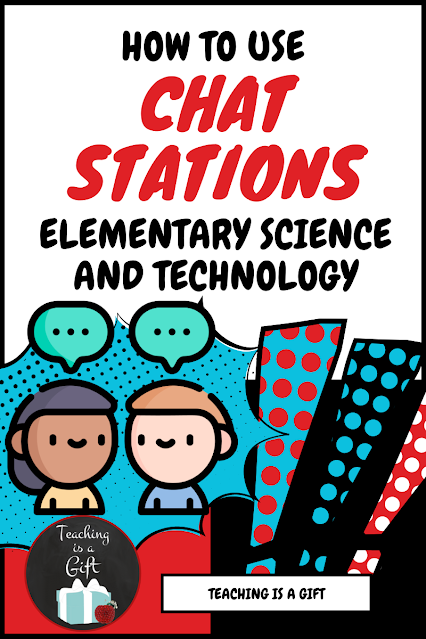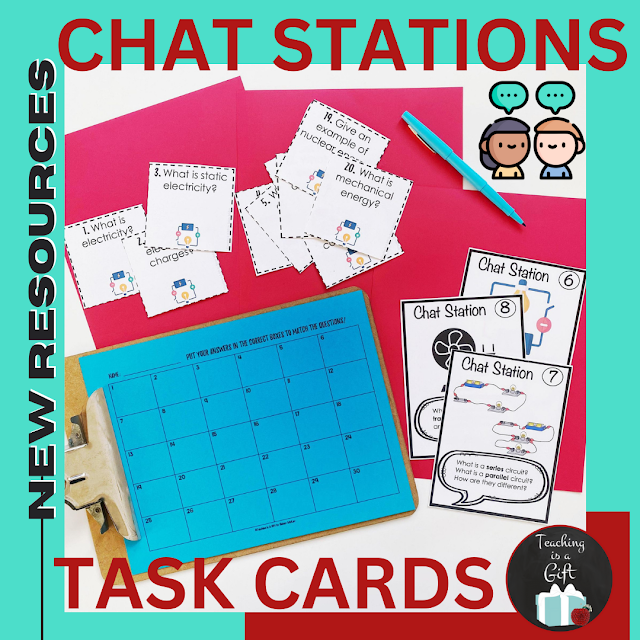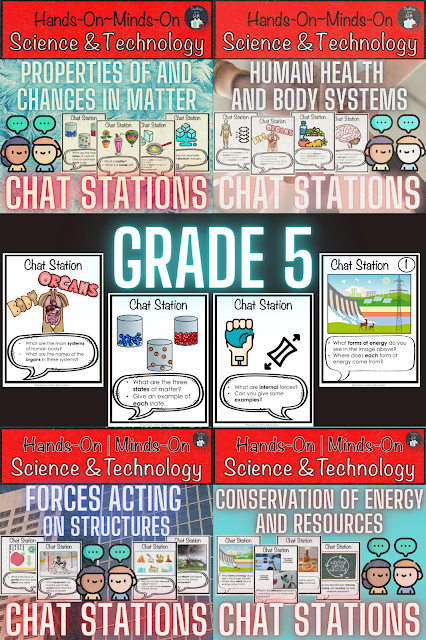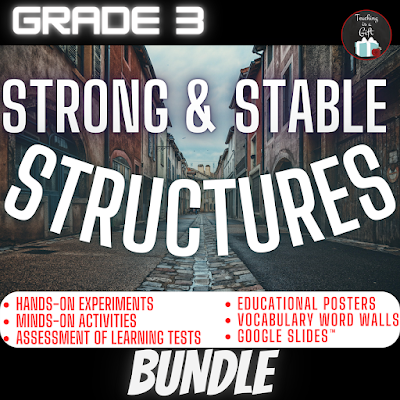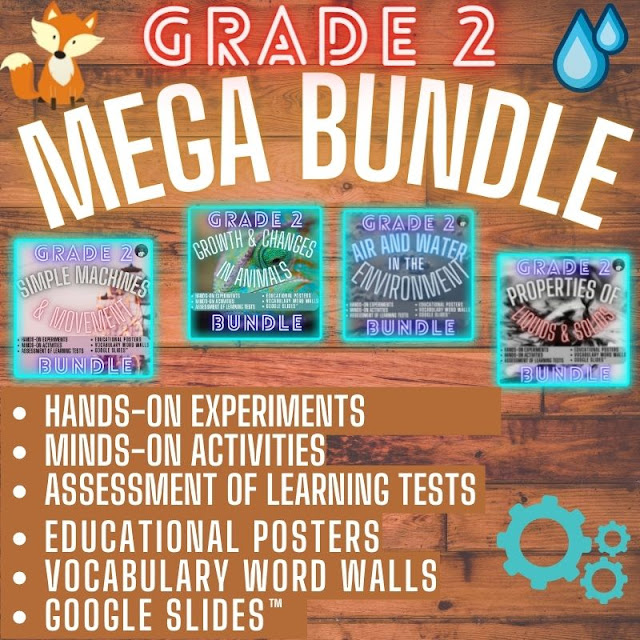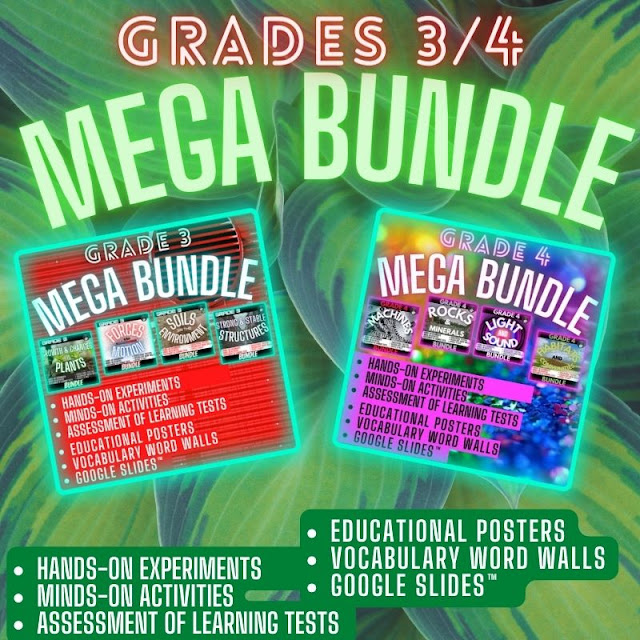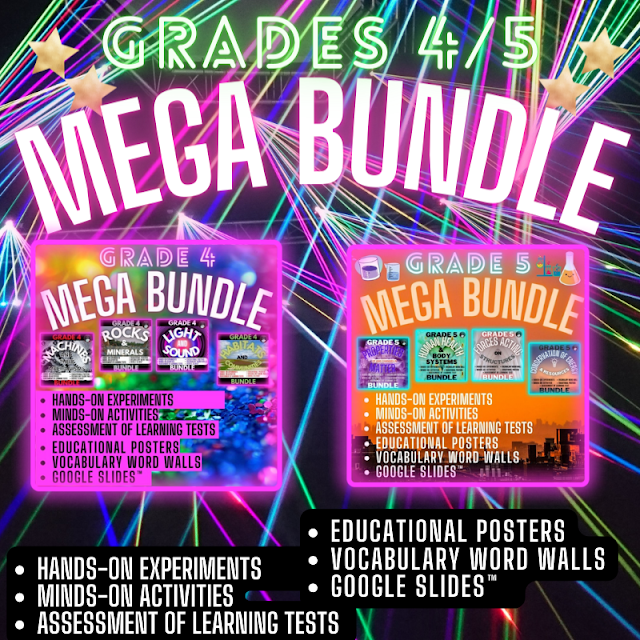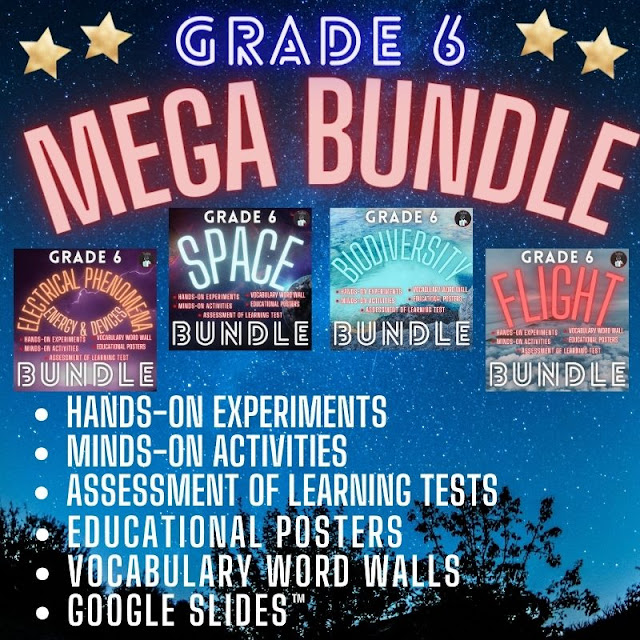It's that time again! Back to School season is upon us! As we embark on another exciting academic year, I'm thrilled to introduce you to a new resource that will hopefully lighten your teaching load!
Imagine a gift that keeps on giving, guiding you through the intricacies of teaching science and technology in Ontario. Well, your wish has been granted – say hello to the FREE Ontario Science and Technology Long-Range Plans, now available in my Teachers Pay Teachers store!
Why do I need a long range plan for teaching Science and Technology?
Teaching is undoubtedly a gift, one that empowers us to shape young minds and inspire lifelong learning. However, every gift can be amplified with the right tools, and that's where the Ontario Science and Technology Long-Range Plans come in. These plans are designed to serve as your navigational compass in the vast landscape of Ontario's curriculum.
1. Comprehensive Structure
One of the most compelling reasons to incorporate these long-range plans is their comprehensive structure. They provide a clear roadmap that outlines the sequence of learning goals, content, and expectations for each grade level 2 through 7 (including combined grades). This structured approach ensures that you cover all necessary topics throughout the academic year while building a strong foundation for advanced concepts.
2. Alignment with Curriculum Expectations
In the ever-evolving world of education, staying aligned with curriculum standards is crucial. The Ontario Science and Technology Long-Range Plans have been carefully crafted to align with the updated Ontario curriculum from 2022.
3. Flexibility for Personalization
While the plans provide a structured framework, they also allow for flexibility and personalization. As experienced educators know, every classroom is unique, and the ability to adapt the plans to suit your students' needs is invaluable. Use the plans as a foundation, and build upon them with your own creative teaching strategies.
4. Time and Stress Management - Includes Scope and Sequence
Teaching is a multi-faceted endeavour that demands efficient time and stress management. These long-range plans can help alleviate some of that pressure by offering a well-organized schedule of topics and activities. With a clear overview of the entire year, you can plan ahead, allocate time wisely, and reduce the last-minute rush that often comes with lesson planning.
5. Continuous Progression
Education is a journey, and each grade level builds upon the knowledge acquired in the previous one. The long-range plans facilitate a seamless progression from one grade to the next. By following the recommended sequence, you can ensure that your students are equipped with the foundational skills they need to thrive in more advanced science and technology concepts.






